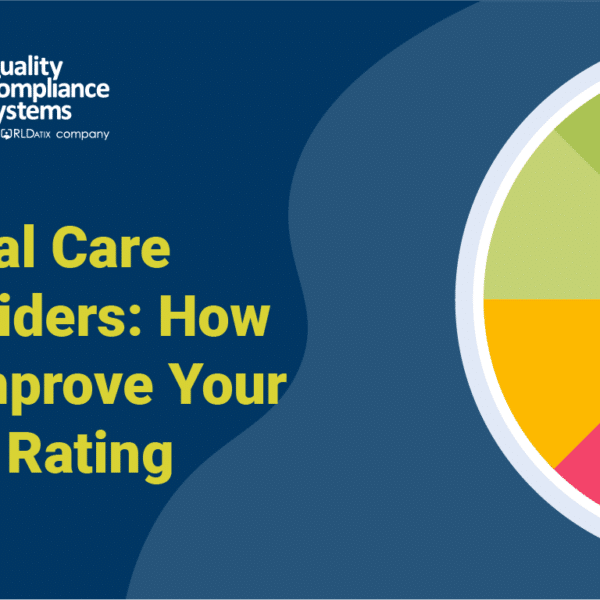Filter Posts:

How to improve your CQC rating blog and checklist
December 19, 2023
Improving your quality rating from CQC is a real achievement for any registered manager. With the rollout of the new Single Assessment Framework and the focus on evidence, here are…
Read more

Webinar Catchup: The New CQC Single Assessment Framework: What do I need to know?
October 28, 2022
With the CQC well on their way to the full roll-out of a new CQC single assessment framework, Ed Watkinson, Residential Care & Inspection Specialist, discusses what the changes will…
Read more

CQC updates guidance on training to support autistic people and people with a learning disability
October 17, 2022
The CQC has published an update on how all registered health and social care providers must ensure they receive training in learning disability and autism. This must include how to…
Read more

The CQC is reviewing the timeline for implementing its new regulatory approach
September 28, 2022
The CQC has announced it is ‘reviewing’ the timeline for the introduction of its new single assessment framework. Earlier this year, it announced that all providers should expect to be…
Read more

CQC strengthens regulation of services for people with a learning disability and autistic people
September 21, 2022
CQC has announced new changes for providers to adhere to when they are applying to register. The move is aimed at improving services for people with a learning disability and…
Read more

CQC Single Assessment Framework: Ratings and key questions
July 20, 2022
The CQC is continuing to roll out more guidance on its new single assessment framework that will start in January 2023. This week it highlighted the importance of ratings and…
Read more

CQC urges care providers to assess and manage risks effectively
July 18, 2022
The CQC is warning care providers of their duty to assess and manage all risks to ensure people are kept safe. The appeal comes after a care provider was fined…
Read more

CQC to start roll out of new regulatory approach from Jan 2023
July 14, 2022
The CQC has announced that all providers will be regulated against the new single assessment framework from January 2023. Its new way of regulating will be rolled out from the…
Read more


